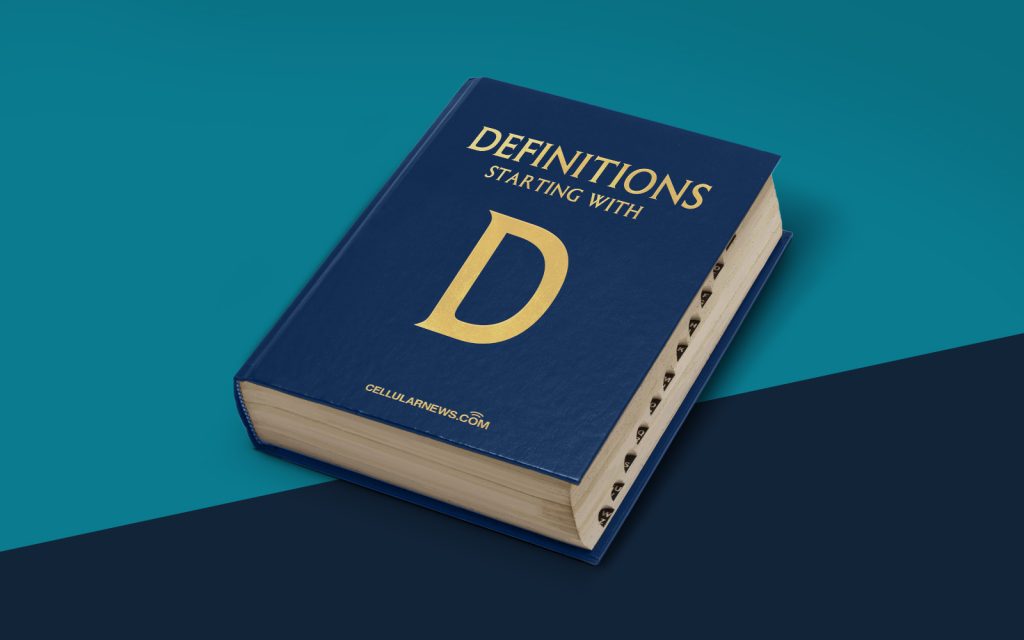
Unlocking the Mystery: What is a Digital Signature?
In our increasingly digital world, technology has paved the way for incredible advancements and transformations in various fields. One such innovation is the digital signature. While the term may sound complex, a digital signature is actually a simple and powerful tool that offers security, verifiability, and integrity to electronic documents and transactions. In this article, we will uncover the mystery behind digital signatures and explore their significance in the digital realm.
Key Takeaways:
- Digital signatures provide security, verifiability, and integrity to electronic documents and transactions.
- They use advanced cryptographic techniques to ensure the authenticity and validity of the signer and the document being signed.
What is a Digital Signature?
Imagine you have an important document that needs to be signed. Traditionally, you would print it out, physically sign it with a pen, and send it by mail or scan it to send electronically. This process may not only be time-consuming but also vulnerable to manipulation and fraud. That’s where digital signatures come into play.
A digital signature is an electronic equivalent of a handwritten signature. It is created using advanced cryptographic techniques and consists of a unique digital code that is attached to an electronic document, verifying the identity of the signer and ensuring the integrity of the document. With a digital signature, you can sign documents electronically, eliminating the need for printing, scanning, and mailing.
Digital signatures rely on public-key cryptography, also known as asymmetric cryptography. The process involves two keys:
- Private Key: This key is kept securely by the signer and is used to create the digital signature. It is crucial to keep the private key confidential and protected from unauthorized access.
- Public Key: This key is freely available to anyone who wants to verify the digital signature. The public key is used to verify the authenticity and integrity of the digital signature and the document being signed.
The digital signature algorithm performs a mathematical operation on the document being signed using the private key. This operation generates a unique code, which is the digital signature itself. The digital signature can be verified by anyone who has access to the corresponding public key.
By using a digital signature, you can ensure that the document has not been tampered with since it was signed, verify the identity of the signer, and protect the contents of the document from unauthorized modifications. Digital signatures provide authenticity, confidentiality, and non-repudiation, making them an essential tool in the world of electronic transactions and document management.
Conclusion
In summary, a digital signature is a cryptographic tool that provides security, verifiability, and integrity to electronic documents and transactions. By using advanced cryptographic techniques, digital signatures offer a reliable method to verify the authenticity of the signer and the integrity of the signed document. With the ability to sign documents electronically, digital signatures have revolutionized the way we handle important paperwork and conduct business in the digital age.
